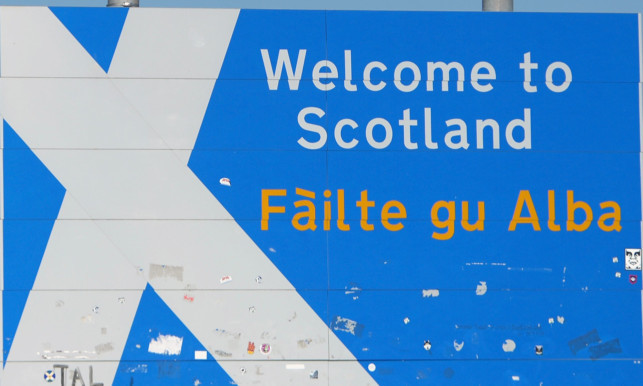
The shrinking working-age population of Scotland must be addressed urgently or the country’s economy could be severely impacted, according to an independent think tank.
In a report published by the David Hume Institute, it is estimated that by 2041 the working-age population of Scotland will rise by only 38,000.
In contrast, the number of people of pension age is expected to increase by 265,000 over the same period.
The institute said the problem could be made worse by the UK’s exit from the EU.
Among the recommendations made in the report, the institute suggests the Scottish Government should be given greater powers over attracting and selecting immigrants to the country, irrespective of the outcome of Brexit.
Closer working between the Scottish and UK Governments is also encouraged, with a further recommendation to encourage Scots living in other parts of the UK and abroad to return home.
Jane-Frances Kelly, director of the David Hume Institute, said increasing immigration is important to sustaining the health of Scotland’s economy.
“We are sounding a warning signal for Scotland’s politicians and policymakers,” she sad.
“We need to get to grips with the coming demographic crisis or Scotland’s economy will be severely affected.
“There is a compelling case for the Scottish Government to be able to adjust immigration to meet Scotland’s unique challenge.
“Even without the added uncertainty of Brexit, the prospect of worker shortages is still a problem both the UK and Scottish Governments need to address.”
She added: “Our research shows how important increasing immigration will be to sustain the health of the Scottish economy.
“This means not just ensuring that existing migrants stay, but actively encouraging people to come to Scotland to live and work, including from the rest of the UK.”

Enjoy the convenience of having The Sunday Post delivered as a digital ePaper straight to your smartphone, tablet or computer.
Subscribe for only £5.49 a month and enjoy all the benefits of the printed paper as a digital replica.
Subscribe